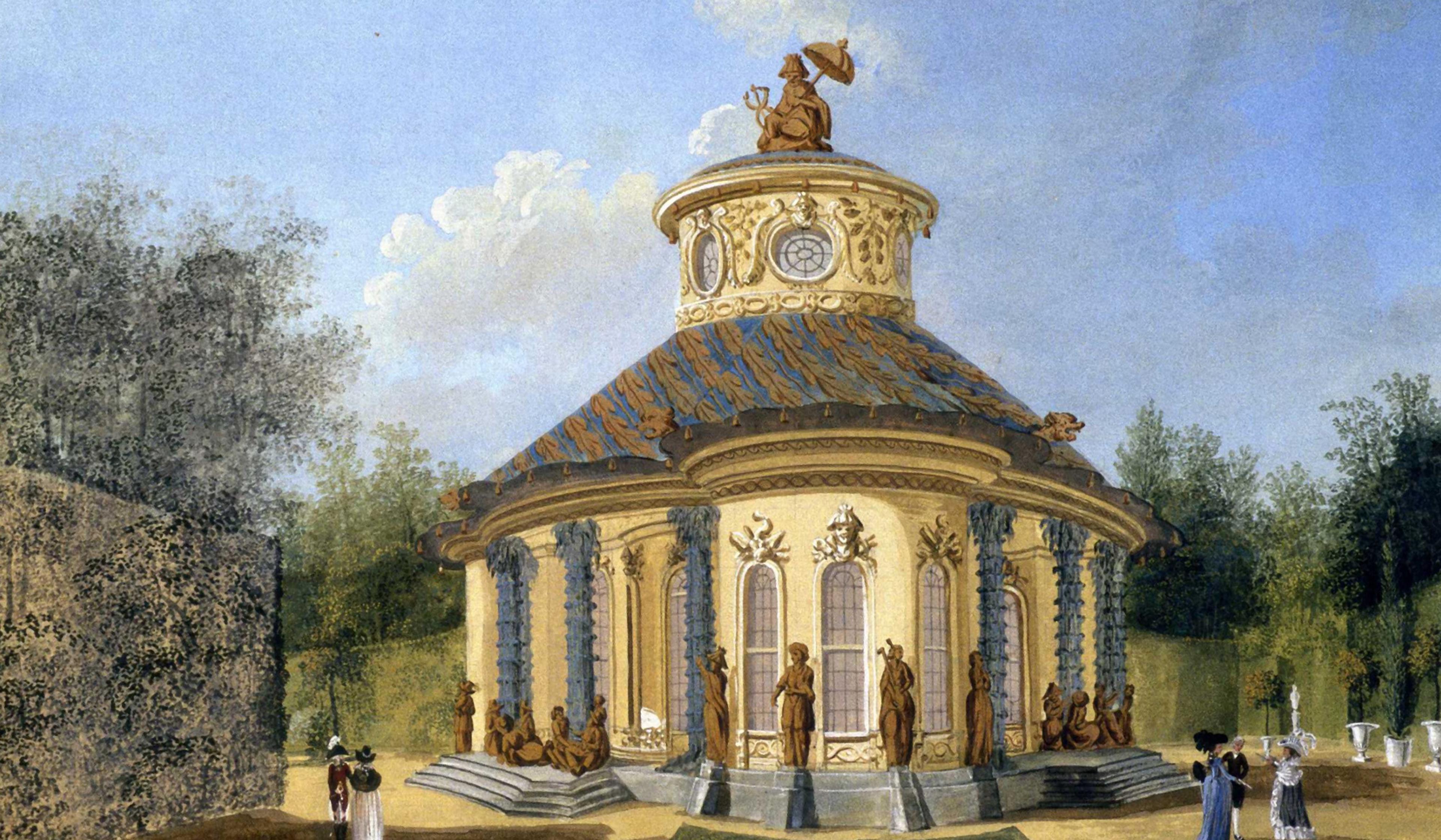Originally made during the latter years of Korea’s Joseon dynasty (1392-1910), moon jars are rare porcelain vessels crafted from refined white clay. Today, only 30 such artefacts remain intact, making them prized possessions for museums and collectors. While their original purpose is something of a mystery, their elegant, unadorned style reflects the Confucian values of their time. But, as this video from the Asian Art Museum in San Francisco demonstrates, making moon jars was hardly a simple task. To begin with, their creators had to sift the sandy clay and, with their feet, remove any air bubbles, then throw by hand two matching hemispheres on the potter’s wheel, before meticulously connecting them into one spherical whole until the moon jar was was ready for firing, glazing, and firing again. Shot in cinematic black and white, this short film follows the Korean ceramic artist Dong Sik Lee as he recreates the process of building an 18th-century moon jar while offering insights into the object’s distinctive qualities and history. You can learn more about moon jars at the Asian Art Museum’s website.
Refined towards imperfection – a ceramic artist recreates a rare Korean treasure
Video by the Asian Art Museum
Director: Ko Woon Lee

videoMaking
Ceramic designs spin to life in a tactile meditation on the art of pottery
9 minutes

videoHome
Tracing circles with her suitcase, Yuge mourns seasons of separation from family
5 minutes

videoDesign and fashion
How do you bring an 18th-century ceramic teapot to life? An artist puzzles it out
7 minutes

videoMaking
Trek to a remote Himalayan village where artisans craft teapots fit for kings
11 minutes

videoDeep time
It might be our placid nocturnal companion, but the Moon has a turbulent past
3 minutes

videoDesign and fashion
A ceramicist puts her own bawdy spin on the folk language of pottery
14 minutes

videoAstronomy
A massive collision, or something stranger? An epic exploration of lunar origin theories
15 minutes

videoAstronomy
Soar around the Moon, carried by the music of Debussy, in this breathtaking space flight
5 minutes

videoArchitecture
Tour the European architecture that dreamed of a wondrous, fictitious China
16 minutes